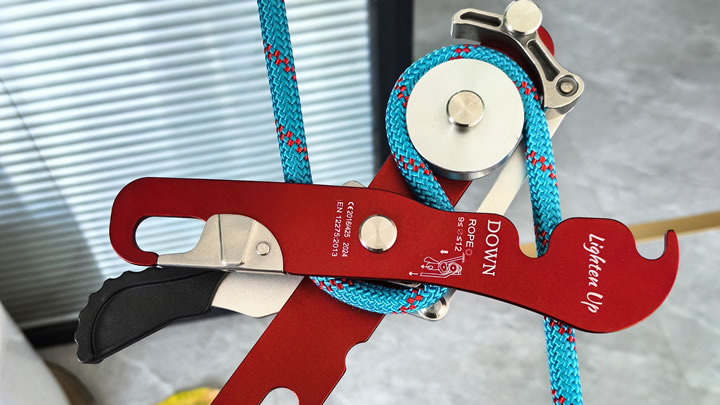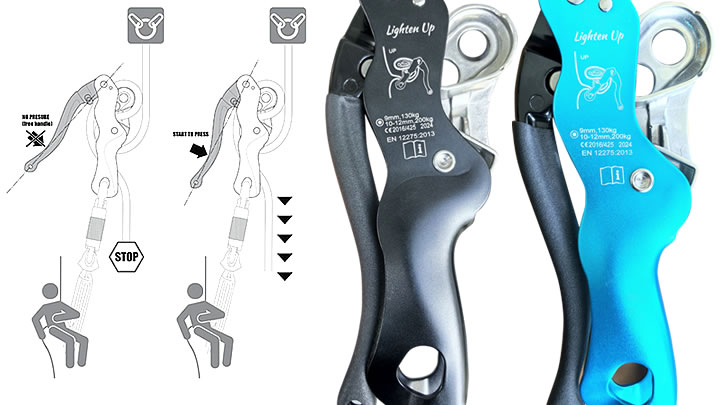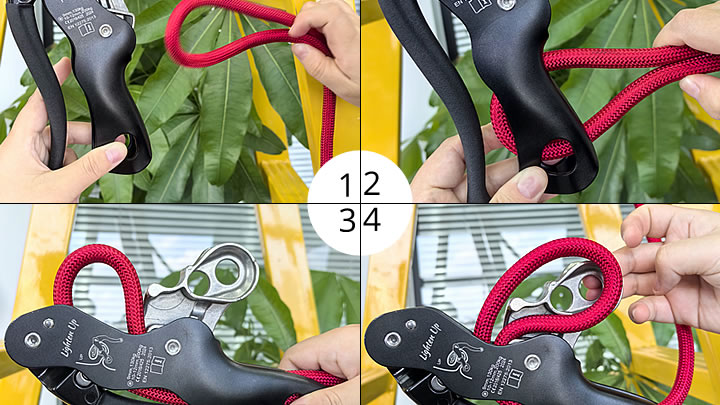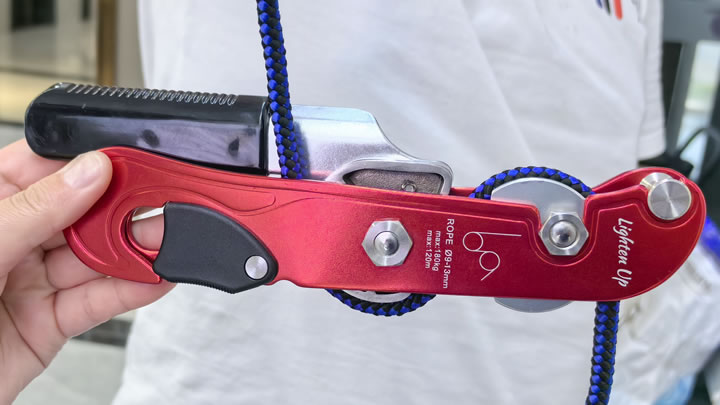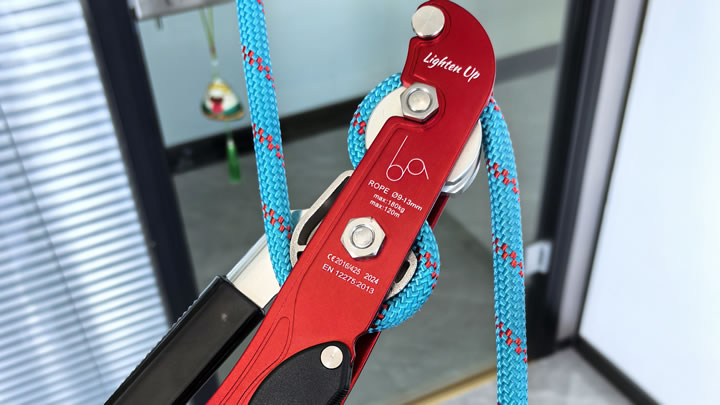Can You Use Climbing Descent STOP for Rappelling? The Critical Safety Truth
Short Answer:
✅ YES – as an emergency backup.
❌ NO – as a primary descent control device.
Understanding this distinction separates safe climbers from statistics. Here’s why and how to implement STOP systems correctly:
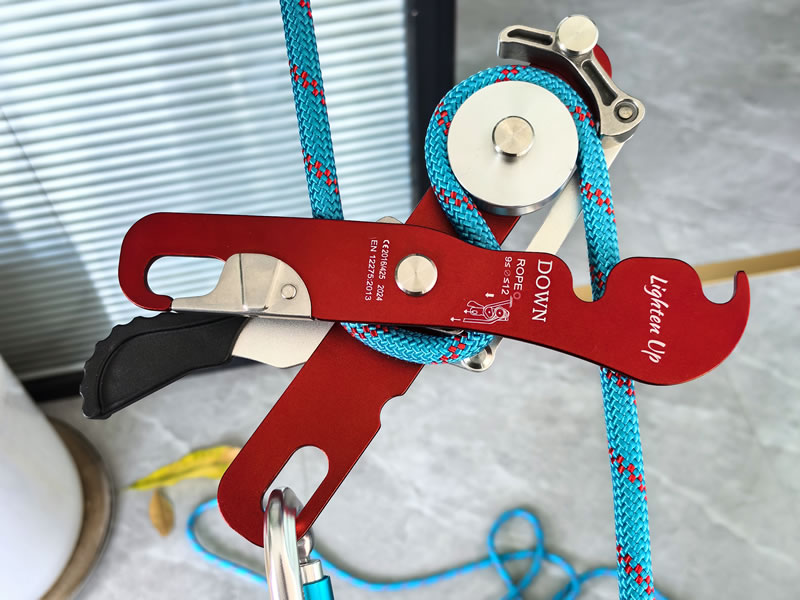
The Fatal Misconception
Many climbers fatally confuse STOP systems with rappelling devices. At Red Rocks 2022, a climber attempted to descend solely on an Autoblock STOP:
- 5m Result: Friction melted through cord
- 10m Result: Complete hitch failure
- Outcome: 30m ground fall (fatal)
STOP ≠ Belay Device:
| Function | Belay Device (ATC, Reverso) | Climbing Descent STOP |
|---|---|---|
| Descent Control | Primary ✅ | Emergency Only ❌ |
| Heat Dissipation | Engineered for friction | Melts under sustained load |
| Hands-Free | Impossible | Auto-locks ✅ |
How STOPs Should Be Used in Rappelling
Correct Implementation (UIAA Standard):
- Primary Device First:Thread rope through ATC/PiranaConnect to belay loop with locking carabiner
- Add STOP Backup:Tie 4-6 wrap Autoblock ABOVE device on brake strandClip to belay loop with separate locker
- Anchor Integration:Clip STOP carabiner to bolts/slings mid-rappel
- Descent Protocol:Control speed with belay deviceSTOP remains slack until emergency
⚠️ Critical Physics: STOP hitches engage in <0.3 seconds when brake hand releases – but only if positioned correctly.
When STOPs Save Lives: Real Scenarios
Scenario 1: Rock Strike
- Belay device: Controls descent
- Falling rock knocks climber unconscious
- STOP: Auto-locks at last anchor
Scenario 2: Glove Failure
- Belay device: Rope burns through glove
- Climber releases rope involuntarily
- STOP: Arrests descent instantly
Scenario 3: Anchor Failure
- Belay device: Lowers climber normally
- Next anchor pulls out unexpectedly
- STOP: Prevents pendulum fall
The Deadly "STOP-Only" Myths Debunked
Myth 1: "STOPs simplify rappelling"
- Truth: Removing primary devices increases risk 400% (AMGA)
Myth 2: "More wraps = descent control"
- Truth: 8-wrap Prusiks still melt after 15m continuous descent
Myth 3: "Thicker cord solves the problem"
- Truth: 8mm cord slips unpredictably on modern dry-treated ropes
Pro Techniques for Complex Terrain
Overhangs:
- Extend rappel device 30cm below harness
- Use 5-wrap Autoblock STOP
Ice/Mud:
- Swap Prusik for Klemheist hitch
- Carry sandpaper to roughen cord surface
Multi-Pitch:
- Pre-rig STOPs at every anchor station
- Use color-coded carabiners (red = STOP)
The Verdict: UIAA Safety Directive
"STOP systems reduce rappelling fatalities by 76% when used as backups to certified belay devices. Using them as primary controls violates ISO 22159 standards and constitutes gross negligence."
Always Remember:
- Belay device = Your control system
- STOP = Your airbag
- Never cross their functions
Download AMGA’s Rappel Backup Protocols for certified diagrams.

